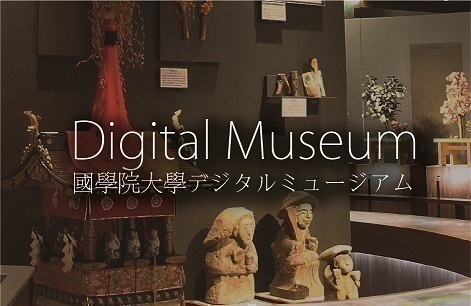- トップ
- Encyclopedia of Shinto
- Konjin
Encyclopedia of Shinto
| Main Menu: | |
| Links: |
詳細表示 (Complete Article)
| カテゴリー1: | 2. Kami (Deities) |
|---|---|
| カテゴリー2: | Kami in Folk Religion |
| Title | Konjin |
| Text | "Tutelary of metal," an itinerant kami originating within the cult of Onmyōdō (Yin-Yang divination), associated with varying compass directions in space, and believed to change position in accordance with the year, lunar month, and the season. Konjin's current location in space at any given time was considered an unlucky or taboo direction, since the deity was thought to be violent and to delight in bloodshed and curses. Based on these ideas, lucky and unlucky days and directions were postulated in accordance with astrological calender terms and concepts. Unlucky days and directions were linked to the observance of directional interdictions (kataimi) and the practice of "changing directions" (katatagae) to avoid the most strongly tabooed directions on a given day. Tabooed directions, in turn, were those in which the malicious deities Konjin, Ten'ichijin, and Taihakujin were currently located. According to the practice of katatagae, if plans for travel indicated that the final destination lay in the direction of one of the above tabooed deities, the traveler would avoid that direction by setting out a day early in a different direction; after spending the night at a temporary site, he or she would start out the next day for the final destination, thus avoiding direct travel in the line of taboo. The practice of katatagae was frequently observed among Heian-period nobles, and as it became an integral part of their lives, it worked to strongly restrict everyday movement and activities. Beliefs in the "seven deaths of Konjin" stated that violating Konjin's tabooed direction would result in the death of up to seven close relatives; strong interdictions were thus placed on various areas of life, including the construction and renovation of houses, moving one's residence, public works construction, and leaving on journeys. The cult of Konjin was also associated with Onmyōdō's geomantic concept of two "demon's gates" (the northeast and southwest directions on the compass), and the belief arose that Konjin was particularly formidable when it resided in one of these quarters as "Kimon Konjin" (Konjin of the Demon's Gate"). Of the two, the more dangerous and feared was the "front demon's gate" (omote kimon) located in the northeast direction called ushi-tora, although the "back demon's gate" (ura kimon) located in the southwest direction (hitsuji-saru) was also the subject of taboo. Since the mountain Hieizan was located in the northeast direction from the new capital of Kyoto, the mountain was selected as the site for Saichō's temple Enryakuji, as a device to protect the capital from unlucky influences emanating from that quarter. Both within the capital city and at the temple, it became customary to avoid building gates, earthen storehouses, toilets and baths in the northeastern quarter of one's residence, and protruding corners were also chamfered in that quarter, a practice which was linked to the placement of "demon-faced tiles" (onigawara) on the northeastern corners of buildings as an exorcism of the "demon's gate." Other practices associated with the demon's gate include the avoidance of marriage with a person from the northeastern direction, and the avoidance of cutting trees or moving stones in the northeastern quarter of one's residence. In response to the cult, professional sorcerers proliferated, performing exorcisms to eliminate various Konjin banes. The Konjin cult was particularly widespread in the province of Bitchū (Okayama Prefecture), and it was based on that traditional cult that the man named Konkō Daijin (Akazawa Bunji) founded the new religion of Konkōkyō late in the Edo period. Konkō Daijin took upon himself the title "living kami Konkō Daijin" and proclaimed that Konjin was not a kami of evil and curses, but in fact the deity Tenchikane no Kami, the "world's 'parent kami' and savior of humankind." According to Konkō Daijin, one could gain the aid of the kami merely through "having faith in the kami out of a sincere mind" (jitsui teinei shinjin), and without the need to perform magical spells or abide by calendrical and directional interdictions. In the mid-Meiji period, Deguchi Nao was influenced by Konkōkyō to preach that "Ushitora no Konjin" was the kami who would rebuild and restore the world. -Kawamura Kunimitsu |




